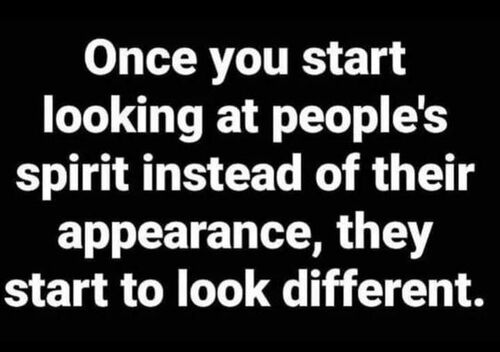-
Do you know how many witches the Inquisition burned?
None.
It wasn't witches who burned, it was women.
Beautiful, cultured and smart Women Women accused of having water in the well or for cultivating and caring for their beautiful plantation. They were convicted of having a birthmark, being skilled in herbal medicine, being tall, black or redheaded.
They condemned those who showed a strong connection to nature, those who danced or sang. To the ones who looked happy. To those who looked independent and powerful.
For the Holy Inquisition and many other groups throughout history, every free-spirited woman should have been burned or thrown into the water. If it floated it was guilty and executed. If she was sinking and drowning she was found innocent and then her soul would go to heaven.
Many, thousands of them were thrown off the cliffs or placed into deep holes in the ground by beings who felt superior to them, almost gods.
Why do I even write this?
Because knowing history is important when it comes to building a new society and a new world. It is urgent to give a voice to all women in honor of those who were humiliated, humiliated, beaten, tortured and slaughtered. Long live independent, strong and powerful women.
It wasn't witches who burned, it was... women"… (By Carolina Valerio).
 votre commentaire
votre commentaire
-
George Benson and wife Johnnie have been married for 58 years since 1965. Happy 81st birthday George Benson.
 votre commentaire
votre commentaire
-
'Her dad told her, "If you marry that man you will never set foot in this house again." Mary soon learned that most people felt the same way. The first years of their marriage living in Birmingham were hell-- no one would speak to them, they couldn’t find anywhere to live because no one would rent to a black man, and they had no money. But they didn't give up.
Gradually life became easier. Mary got teaching jobs, ending up as a deputy head teacher. Jake worked in a factory and then got a job at the Post Office. Slowly they made friends, but it was difficult. Mary used to tell people, "before I invite you to my home.... my husband is black." Some would never talk to her again.
Last year they celebrated their 70th anniversary and they are still very much in love, and never regretted what they did.'❤️ (Author unknown).
 votre commentaire
votre commentaire
-
The Muhammad Ali vs. George Foreman fight, famously known as "The Rumble in the Jungle," took place in Zaire in 1974. Foreman was the undefeated heavyweight champion, known for his fearsome punching power and aggressive style in the ring.
On the other hand, Ali was the charismatic former champion making a comeback after being banned from boxing for his refusal to serve in the Vietnam War. Ali implemented his "rope-a-dope" strategy, leaning against the ropes and absorbing Foreman's powerful blows while waiting for an opportunity to counter. In the eighth round, Ali unleashed a flurry of punches that eventually led to Foreman being knocked out, causing a stunning upset and regaining his title as the heavyweight champion of the world.
Ali's victory is considered one of the greatest upsets in boxing history and solidified his reputation as one of the greatest fighters of all time... (Legend of boxing).
 votre commentaire
votre commentaire









